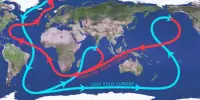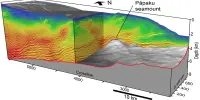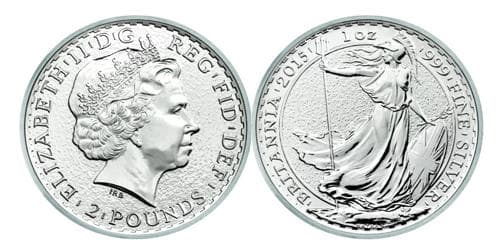A new study published in the journal PLOS ONE investigates the weight of significant fossil sites on our knowledge of evolutionary links between fossil groups, known as the lagerstätten effect, and quantifies their impact on our understanding of evolutionary history for the first time. Surprisingly, the scientists determined that the wind-swept sand deposits of the Late Cretaceous Gobi Desert’s unusually diversified and well-preserved fossil lizard record influences our understanding of their evolutionary history more than any other location on the planet.
While famous for discovering Velociraptor, China and Mongolia’s Late Cretaceous Gobi Desert may have a greater impact on our knowledge of ancient — and present — life due to its extensive record of fossil lizards.
“What’s so cool about these Late Cretaceous Gobi Desert deposits is that you’re getting extremely diverse, exceptionally complete, three-dimensionally-preserved lizard skeletons,” said Dr. Hank Woolley, lead author and NSF Postdoctoral Research Fellow at the Dinosaur Institute. “You’re getting many lineages on the squamate Tree of Life represented from this single unit, giving us this remarkable fossil signal of biodiversity in the rock record, something that stands out as a lighthouse in the deep dark chasms of squamate evolutionary history.”
What’s so cool about these Late Cretaceous Gobi Desert deposits is that you’re getting extremely diverse, exceptionally complete, three-dimensionally-preserved lizard skeletons.
Dr. Hank Woolley
More full skeletons facilitate the traceability of relationships over time by allowing for easier comparison of similarities and differences. The more complete a skeleton, the more features are maintained, which translate into phylogenetic data used to build the tree of life. “Where there’s exceptional preservation — hundreds of species from one part of the world at one period of very specific time — that doesn’t necessarily give you a good idea of global signals,” Woolley said. “It’s putting its thumb on the scale.”
To measure how impactful deposits of exceptional fossil preservation (known in the paleontology community by the German term “lagerstätten”) are on the broader understanding of evolutionary relationships through time, Woolley and co-authors including Dr. Nathan Smith, Curator of the Dinosaur Institute, combed through published records of 1,327 species of non-avian theropod dinosaurs, Mesozoic birds, and fossil squamates (the group of reptiles that includes mosasaurs, snakes, and lizards).

The Fossil Meta Narrative
When it came to squamates, the researchers found no correlation between the intensity of sampling and whether any given site impacted phylogenetic data on a global scale. Instead, they found a signal from depositional environments, the different kinds of sites where sediments accumulated preserved markedly different groups.
Because the Gobi Desert’s squamate record is so extensive, it impacts our understanding of squamate evolution around the planet and over time, serving as a prime example of the “lagerstätten effect” despite not being a typical lagerstätte. Traditional lagerstätten deposits arise from marine chalks, saline lagoons, and ancient lake settings, not arid sand dunes. The ancient environment influences what is retained in the fossil record. “We were not expecting to find this detailed record from lizards in a desert sand dune deposit,” Woolley told the newspaper.
“We commonly think of lagerstätten deposits as conserving soft tissues and species that rarely fossilize, or as having particularly high fossil densities. What distinguishes the Gobi squamate record is that it has both unusually complete skeletons and a wide range of species from across the group’s family tree,” Smith explained.
“We’re at the intersection of two paleontology topics that rarely intersect: analyzing the evolutionary links of fossil groups (phylogenetics) and how things fossilize (taphonomy). Woolley stated that exploring this frontier will help us incorporate more of Earth’s extinct biodiversity into museum collections as we reconstruct the past.
















